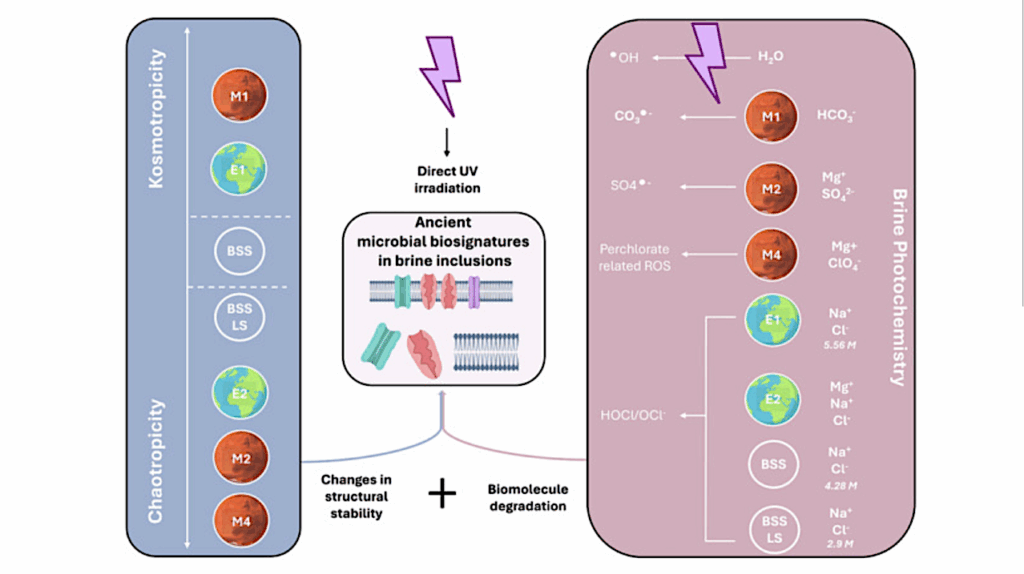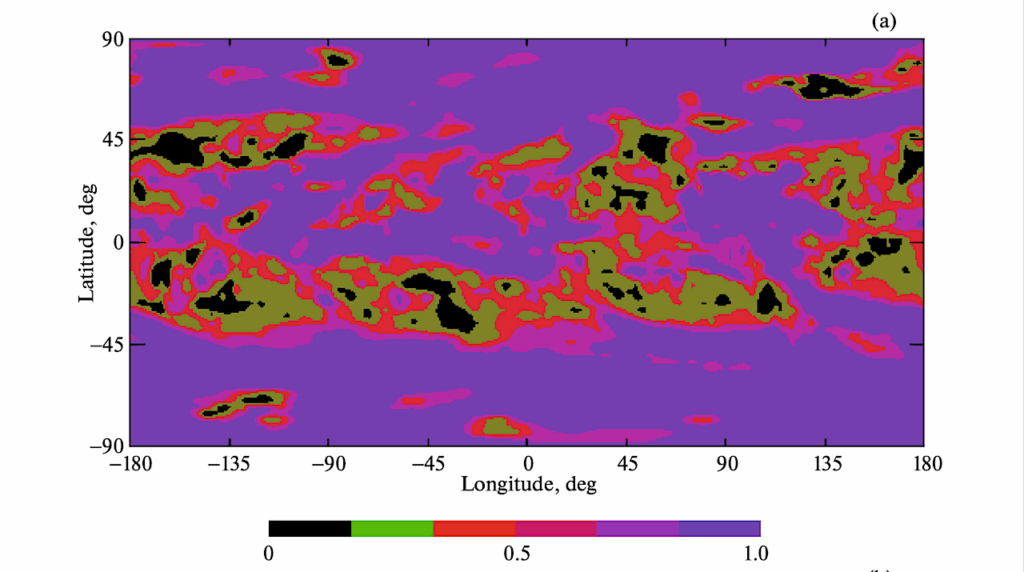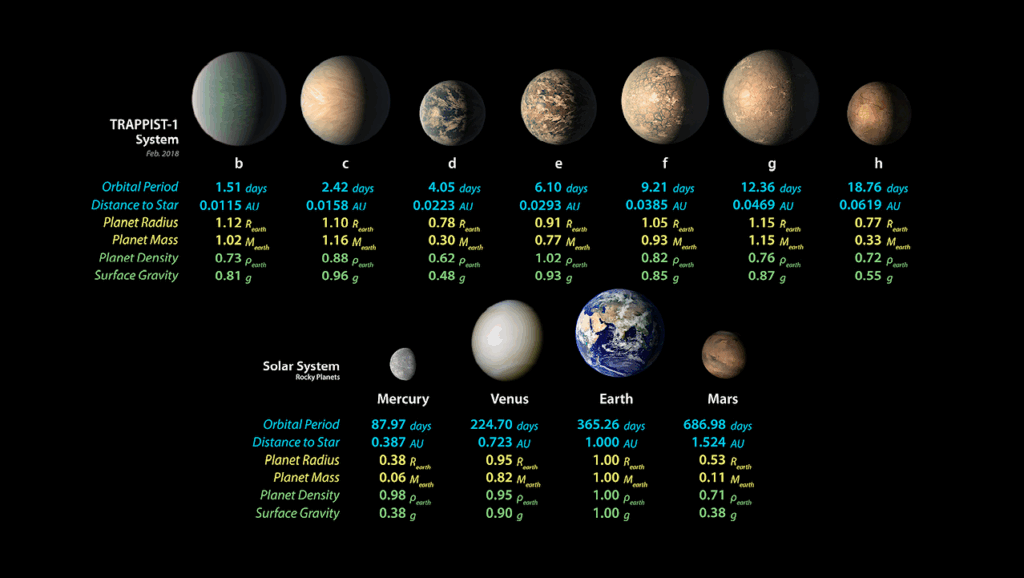Microbes May Have Lived Underground For More Than 1 Billion Years

A study using the thermal history and biosignatures of the upper few kilometers of some of the oldest rocks on Earth place constraints on the evolutionary history of microbes in the deep biosphere.
The study, published in PNAS, Proceedings of the National Academy of Sciences, show that the rocks were uninhabitable for much of their lifetimes with the longest period of habitability not extending much past 1 billion years, and usually much shorter. Understanding the history of the deep biosphere can provide insight into the evolution of life on Earth.
The deep biosphere is estimated to host the majority of microbial life on Earth, and about 10-20% of all terrestrial biomass. The ecosystems of this vast subterranean biosphere span from habitats deep beneath the ocean floor to fractured continental rocks beneath our feet.
These ecosystems host microbial lineages that are of interest for understanding the origin and evolution of life on our planet but remain the least explored and understood ecosystems on Earth. Understanding the history of these microbial communities requires assessing the complex, and yet unexplored, evolution of habitable conditions.
In a new study, Henrik Drake, Associate Professor of the Linnaeus University, Sweden, teamed up with Professor Peter Reiners of University of Arizona to present the first thermochronological perspective on the habitability of some of Earth’s oldest rocks through time. The study suggests that the longest record of continuous habitability to the present does not stretch much beyond 1 billion years.
Henrik Drake, explains the discoveries:
“In this study we wanted to combine the record of signatures of deep ancient life found within Precambrian craton fracture systems with the recent advances in intermediate- and low-temperature thermochronology. The cratonic rocks formed billions of years ago, deep in the crust, at temperatures too high for any life. It was only much later, following erosion, that the currently exposed rocks reached levels in the crust where temperatures were habitable.”
Assessing when these rock environments became habitable, and when they may have been buried and sterilized again, gives insights into the evolutionary aspect of the deep biosphere. This is important because the microbes at depth employ the same metabolisms anticipated for the very earliest metabolisms on Earth. There are also recent reports of intriguingly long residence times of deep fluids in some of Earth’s cratons that further suggest that importance of understanding when these systems have sustained active ecosystems.
Peter Reiners explains how thermochronology helps to understand habitability: “By combining thermochronologic results from several different radioisotopic dating systems, we can reconstruct their thermal histories through the ups and downs of burial and erosion over time. This approach gives us context for prospecting and interpreting the little-explored geologic record of the deep biosphere of Earth’s cratons.”
The researchers could successfully correlate their fossil records of deep ancient life in Scandinavian cratonic rocks, with habitable periods from the thermochronology framework.
Henrik Drake, sums up the findings: “This made us confident that we could do the other way around as well – to use thermochronology to point to candidate areas for the oldest records of rock-hosted subsurface microorganisms on Earth. Eastern Finland, Greenland and maybe parts of the Canadian shield look particularly interesting with habitable conditions spanning back a billion year or even more. These are obvious targets for further studies of deep microbial evolution.”
More information
The results are presented in the article Thermochronologic perspectives on the deep-time evolution of the deep biosphere in the journal PNAS, Proceedings of the National Academy of Sciences, article #202109609 published November 1, 2021.
Astrobiology








